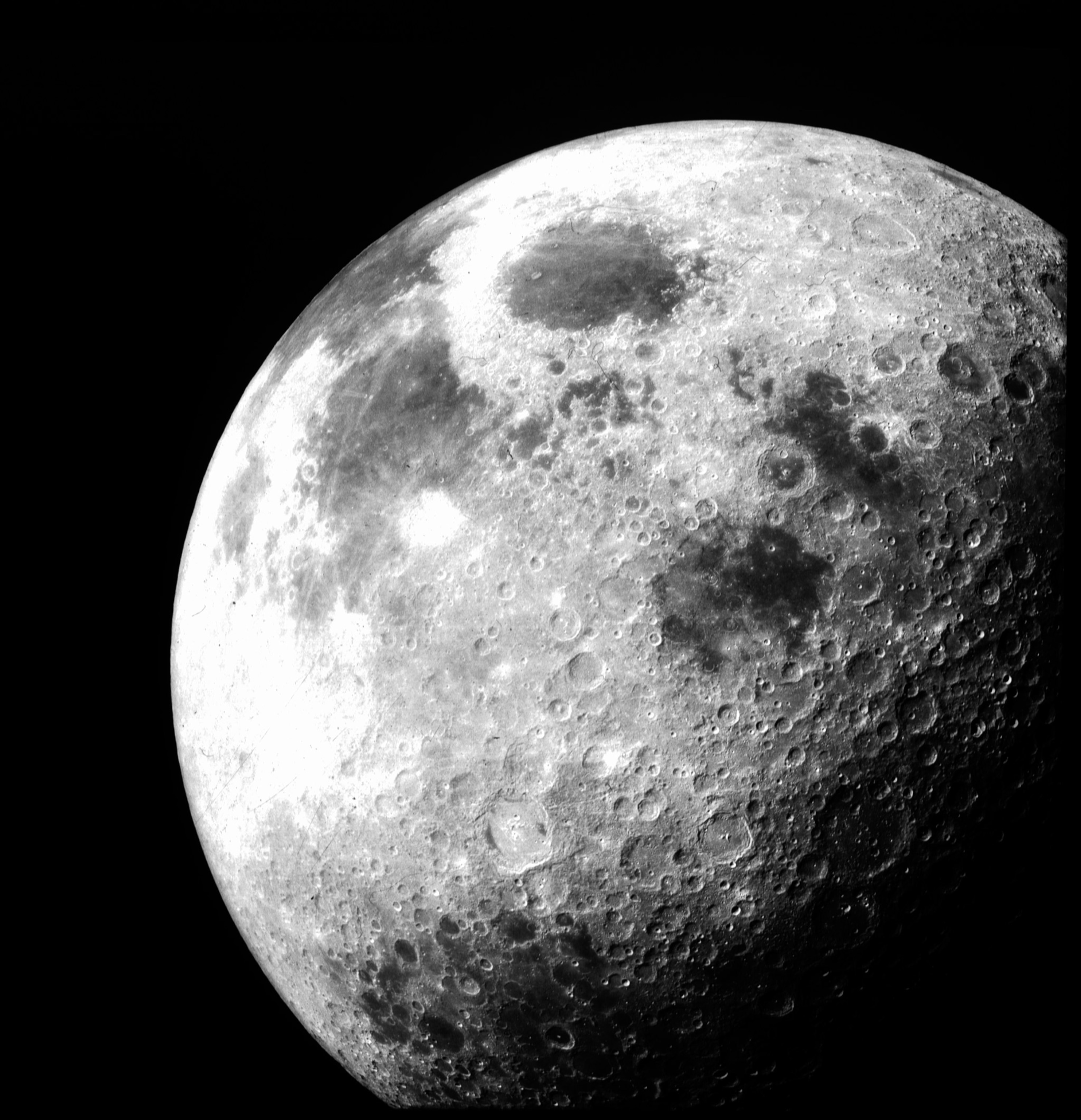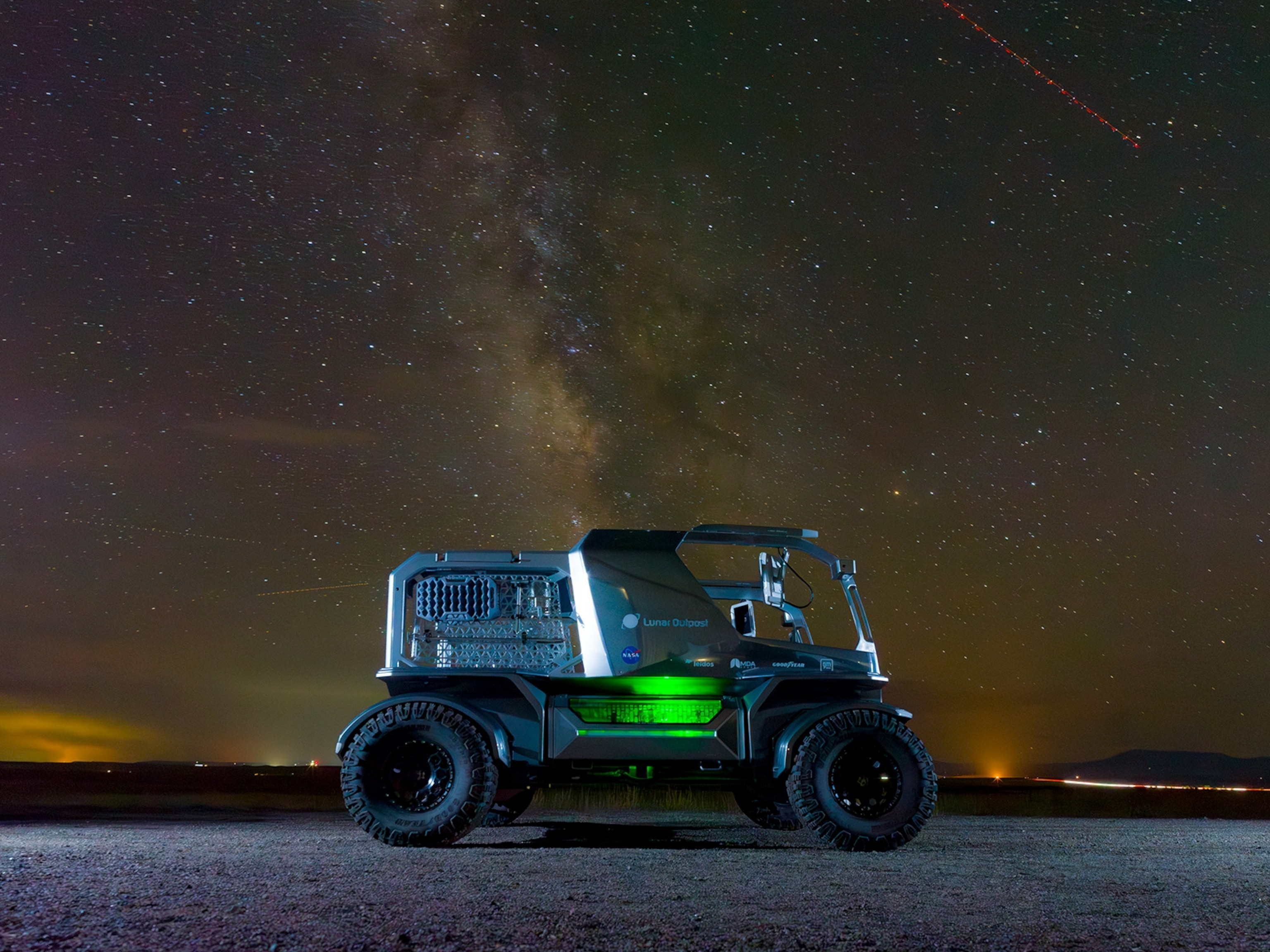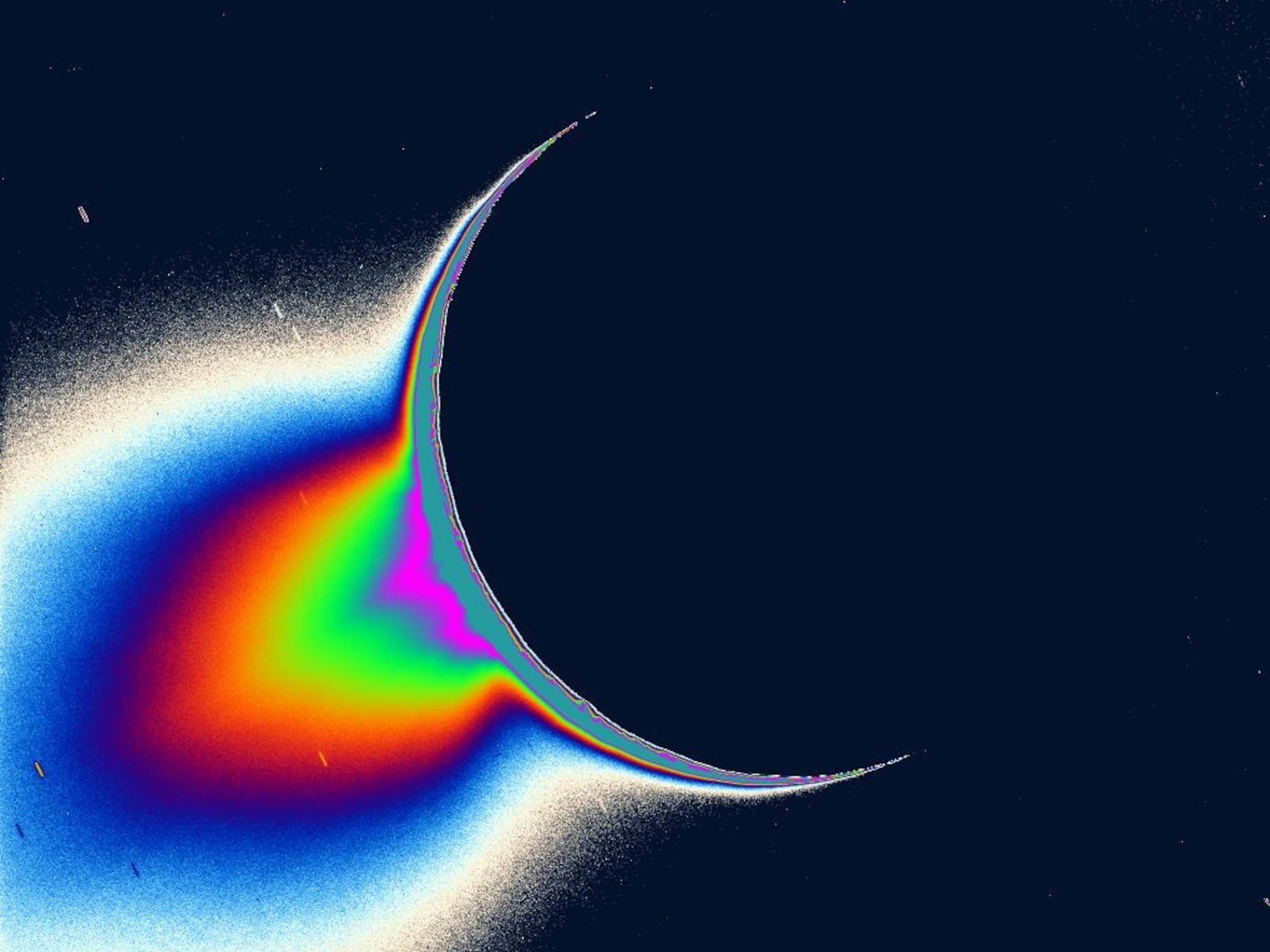
Asteroids Bear Scars of Moon’s Violent Formation
Asteroids contain signs of the colossal collision that formed the moon.
Nearly 4.5 billion years ago, a colossal impact between Earth and a Mars-size planet triggered the formation of the moon. But the giant collision did more than put a familiar face in our sky, according to a study published Thursday in the journal Science: Fragments from the impact not only struck the asteroid belt, but appear to have left telltale scars behind on the asteroids.
“This was a tremendous event, one of the biggest collisions in the inner solar system,” says study author Bill Bottke of the Southwest Research Institute. “It should have produced a lot of debris that would have been thrown completely out of the Earth-moon system.”
By running simulations of the collision, the researchers determined that many large debris fragments could have ended up tearing through the primordial asteroid belt, between the orbits of Mars and Jupiter. Then, they started looking at pieces of that belt that are now here on Earth, in the form of meteorites. Of the 34 meteorites examined, many—including one from the meteor that exploded over Chelyabinsk, Russia, in 2013—had scars suggestive of ancient impacts.
Normally, asteroids smacking into each other leave only a crater behind. But stuff hurtling in from farther away can be traveling fast enough to essentially roast the rock on impact, producing what’s called impact melt.
Judging from the timing and the nature of these marks, “We think it’s the sign of the moon forming event,” Bottke says.
This was a tremendous event, one of the biggest collisions in the inner solar system.Bill Bottke, Southwest Research Institute
The team’s assessment of the timing comes from something called a potassium-argon isotopic clock. A radioactive atom of potassium decays into argon at a predictable rate, with argon gas escaping whenever a major heating event—such as a large impact—takes place. “The reset of this ‘argon clock’ means the amount of argon found in the rocks can be used to sort out when impact heating occurred,” Bottke says.
Argon revealed that the scars were made around 4.47 billion years ago, an age that appears to correspond to data derived from isotopic clocks in moon rocks themselves.
It’s a clever approach to studying the timing of the moon’s formation, says Arizona State University’s Alan Jackson. “Using asteroids gives us a method of dating moon formation that is independent of Earth or the moon,” he says.
Follow Nadia Drake on Twitter.





